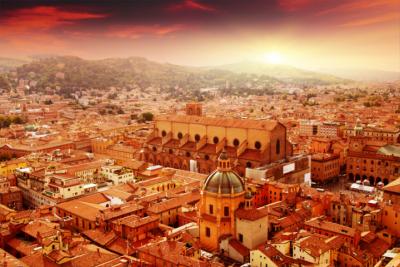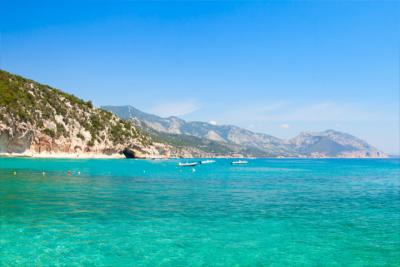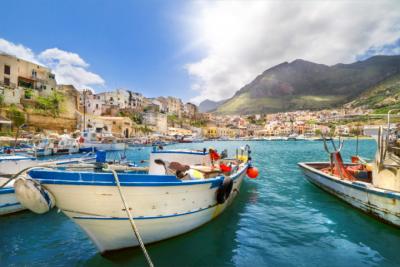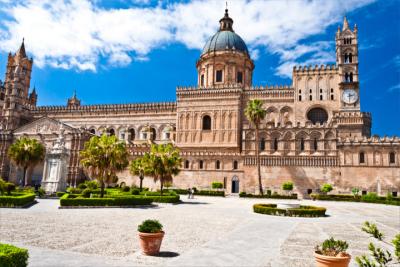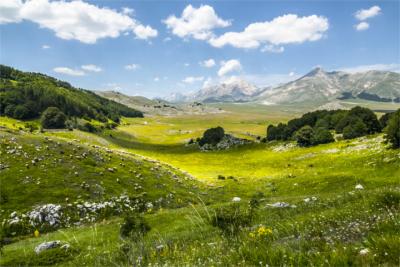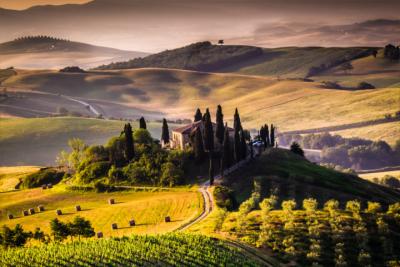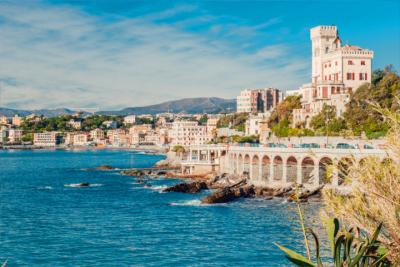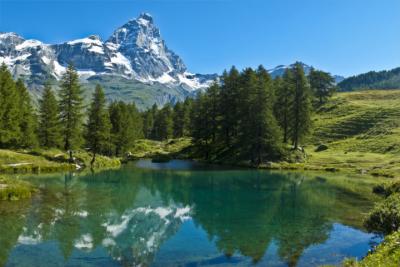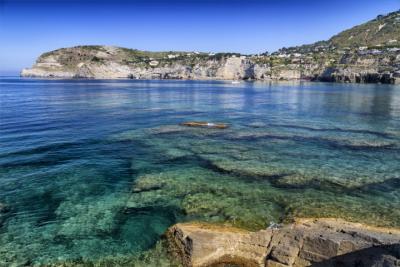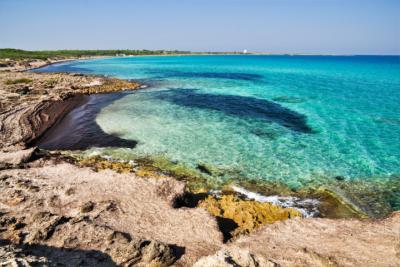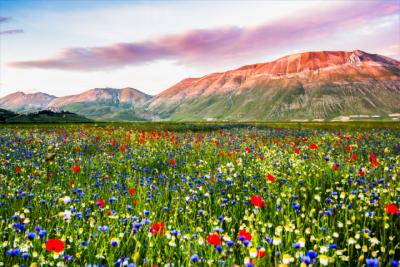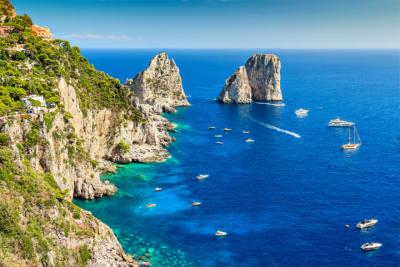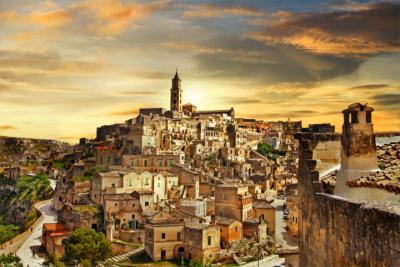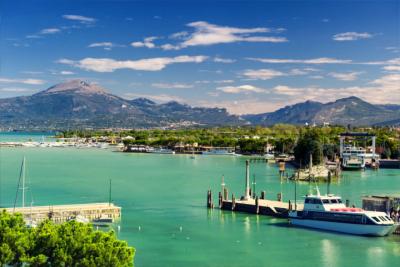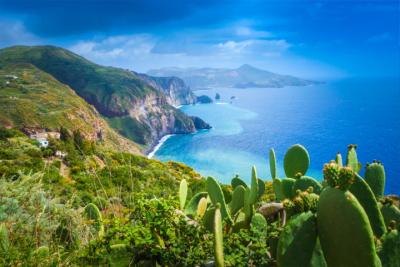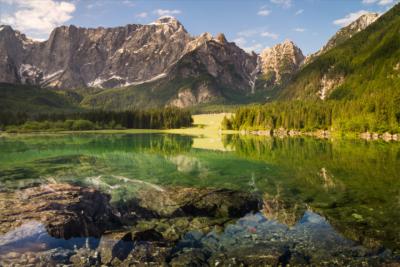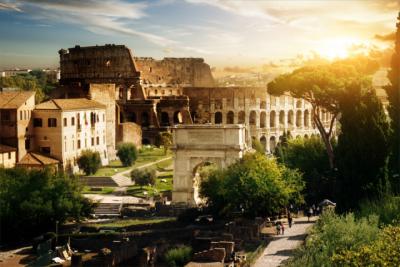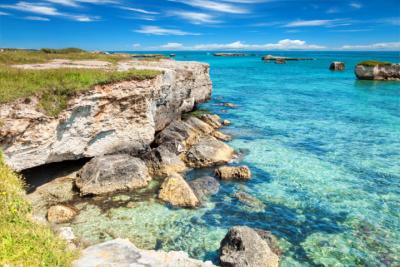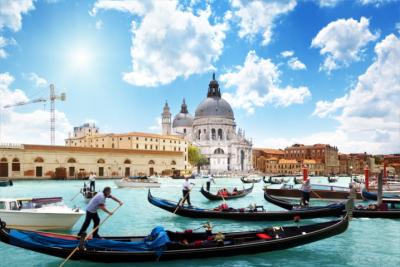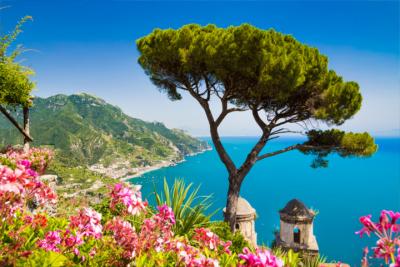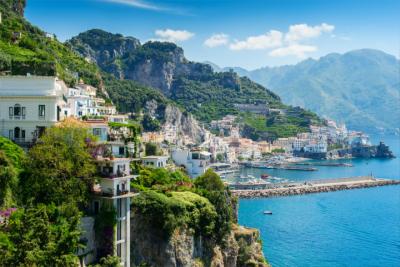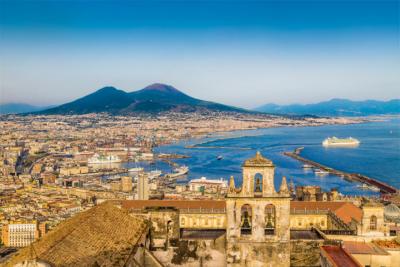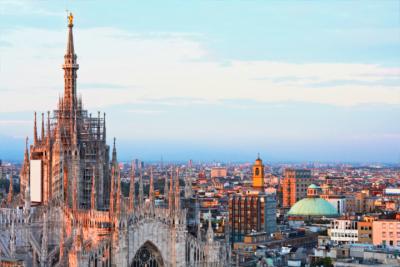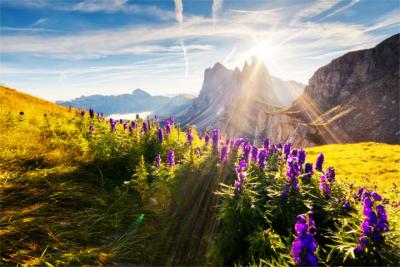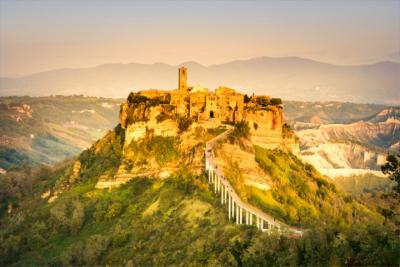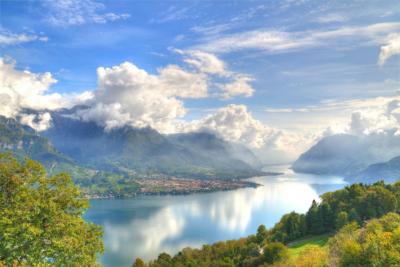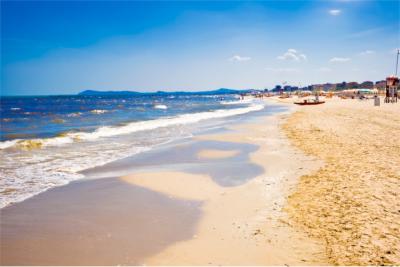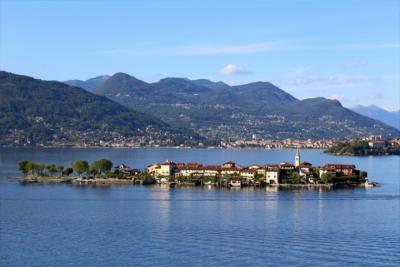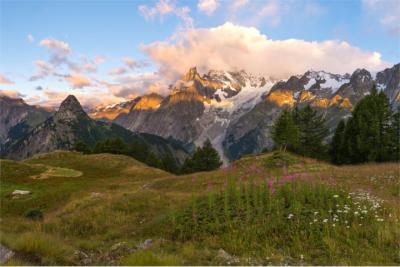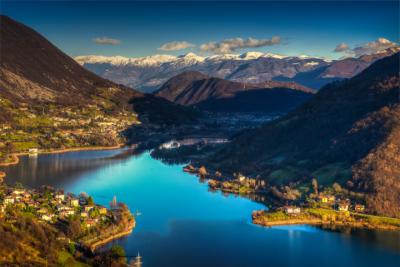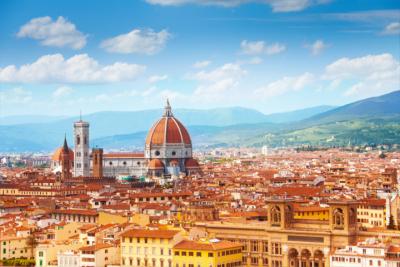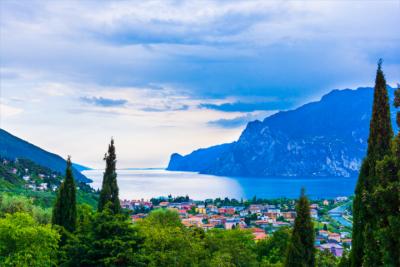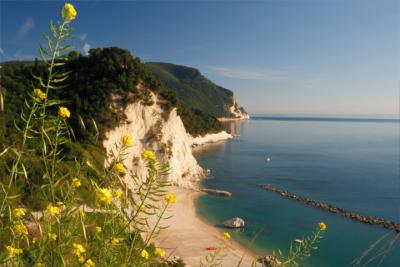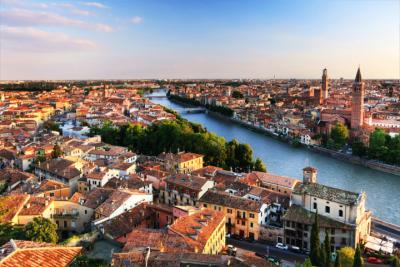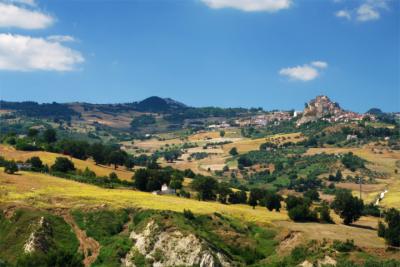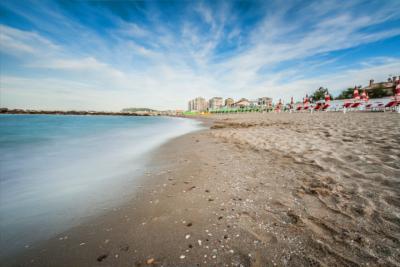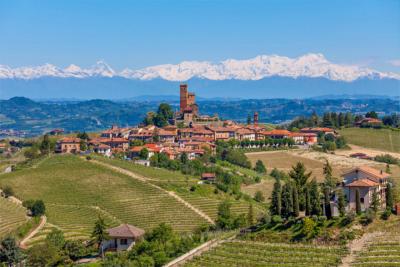Travel Offers
Travelmyne Featureprint
Distance
Abruzzo – Native Nature Reserves
Abruzzo is a region in Central Italy which attracts countless visitors with its high density of nature reserves and its authentic nativeness. Several of the country's characteristic elements such as the sea, mountains and the hilly landscape are united here in both the cuisine and culture. In this way, travellers are presented with a diverse part of Italy.
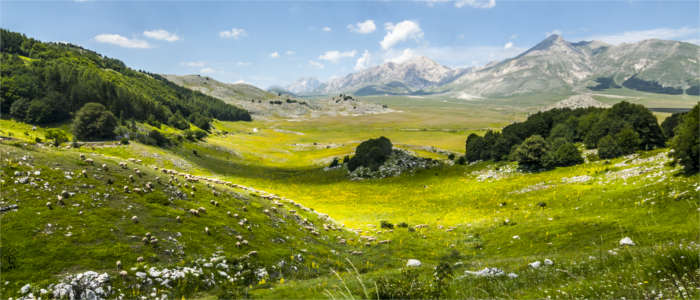
Geography - The green region in Central Italy
Abruzzo lies in Central Italy, has an area of about 10,800 km² and is populated by almost 1.5 million people. The region's geography unites the Italian Adriatic coast with the hilly and mountainous landscape of the Apennine Mountains. Its highest peak is the Corno Grande, which has a height of 2,912 metres. The four provinces Chieti, L'Aquila, Teramo and Pescara are surrounded by the regions of the Marche, Lazio and Molise as well as the rivers Tronto and Trigno. Due to the different landscape formations, the climate in Abruzzo is very diverse. While it is mild to hot at the coast, there are cool to cold temperatures in the mountainous regions.
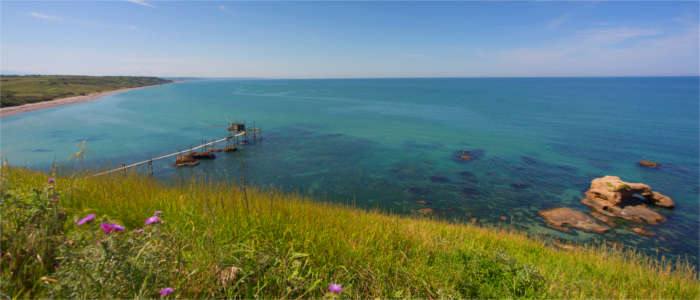
Nature - Nature reserves and the southernmost European glacier
Abruzzo's mostly unspoiled landscape is characterised by the long, flat sandy and pebble beaches of the Adriatic coast, which is 130 kilometres long, idyllic valleys like the Aterno Valley and the beautiful peaks and cliffs of the Apennines. The region has one of the greenest areas in Europe, a third of which is protected. In addition, Abruzzo has the highest density of nature reserves in the whole of Italy. Examples are the Gran Sasso and the Majella National Park, the Sirente-Velino Regional Park and the Abruzzo National Park (Parco nazionale d’Abruzzo, Lazio e Molise). The latter is known for its brown bear population (orso bruno marsicano). Wolves, chamois, lynxes and European otters also live in this protected area. The Gran Sasso e Monti della Laga National Park consists of two mountain ranges, wild nature, the Corno Grande, limestone walls, the southernmost European glacier (Calderone) and the plateau Campo Imperatore.

Culture - Medieval sites
Abruzzo is full of numerous castles, ancient mountain villages, Romanesque churches as well as monasteries and archaeological excavations, which give you an understanding of the region's turbulent history. At the excavations in Alba Fucens, visitors can see the remains of Roman buildings like an amphitheatre, a chapel or a thermal bathand the small town Chieti, which lies on a hill and has an impressive cathedral from the 11th century. Another fascinating Romanesque sacred building as well as a palace from the 13th century are located in Teramo. The village of Scanno makes history come to life again with its narrow alleys, Baroque portals and ancient squares. In the capital of L'Aquila, you can visit several art and cultural monuments such as the Basilica di San Bernardino, a Spanish fort from the 16th century (Castello di Celano), the Fontana delle 99 Canelle ("fountain of the 99 spouts") or the church Santa Maria di Collemaggio.
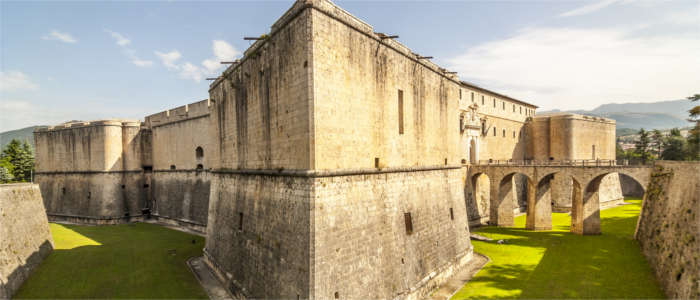
Experience - Religious celebrations and hand-made pasta
Besides the many historical buildings, a great number of religious events and festivals display Abruzzo's traditions and history. Travellers can dive into the region's pagan and cultural customs during the ignition of bundles of reed in Fara Filiorum Petri, the Easter procession in Sulmona or the snake festival in Cocullo. The local cuisine combines the breath of the sea with the taste of the mountains, which is why seafood and legumes are common ingredients in soups, stews or pasta dishes. Important spices are saffron and the peperoncino, which adds spice to many dishes. A culinary speciality from Abruzzo are the maccheroni alla chitarra. They are still produced by hand using the so-called chitarra - a wooden instrument, which resembles a zither.
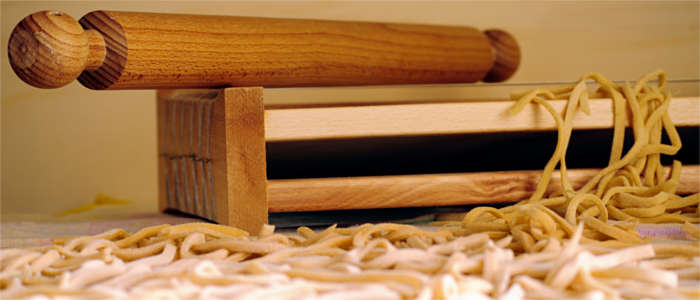
Activities - Skiing and hiking in the Apennines, bathing in the Adriatic Sea
Abruzzo contains one of the country's most popular skiing areas, which makes the region the ideal and less crowded alternative to the Alpine regions. Skiers and snowboarders can try out pistes of all levels of difficulty in the winter sports regions Alto Sangro Roccaraso and Monte Terminillo, while cross-country skiers have the opportunity to experience the wonderful snowy landscape of Abruzzo along the prepared tracks. In addition, a hiking, mountain biking or climbing tour as well as a horseback ride through the many nature and national parks promise to be a breathtaking natural experience. A path of about 100 kilometres of length was created for horse riding enthusiasts in the Gran Sasso and the Monti della Laga National Park. Bathing enthusiasts will enjoy the beaches at the Adriatic coast. Surfing, sailing, kite flying, canoeing, diving and fishing are only a few of the many leisure activities in, on or at the water.
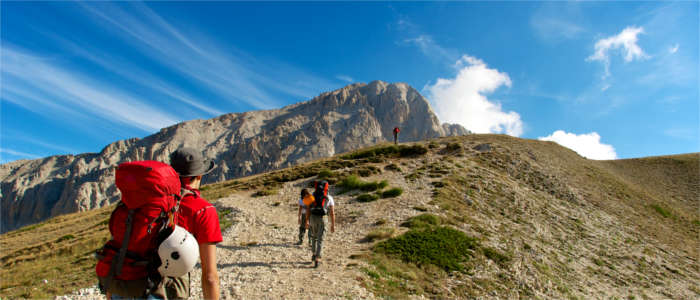
Information
Abruzzo can easily be reached by car, bus or plane. Nearby airports and great starting points are located in Ancona, Pescara and Rome. The best time for travelling depends on what you are planning to do. Travellers who want to rush down the pistes of the Apennine Mountains should visit the region between October and April. Those who prefer hikes, cycling tours or horseback rides best arrive from May on. The best time for water sports and beach holidays are the summer months of June, July and August.
Do you want to go bathing, hiking or skiing? All of these activities are possible in Abruzzo as the Adriatic coast, the Apennines and the smooth hilly landscape offer excellent conditions for a variety of leisure pursuits. Together with the medieval sites and cultural monuments, visitors are offered a balanced mix of nature and culture.

